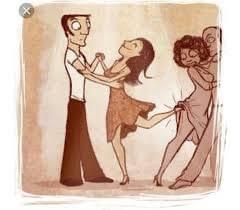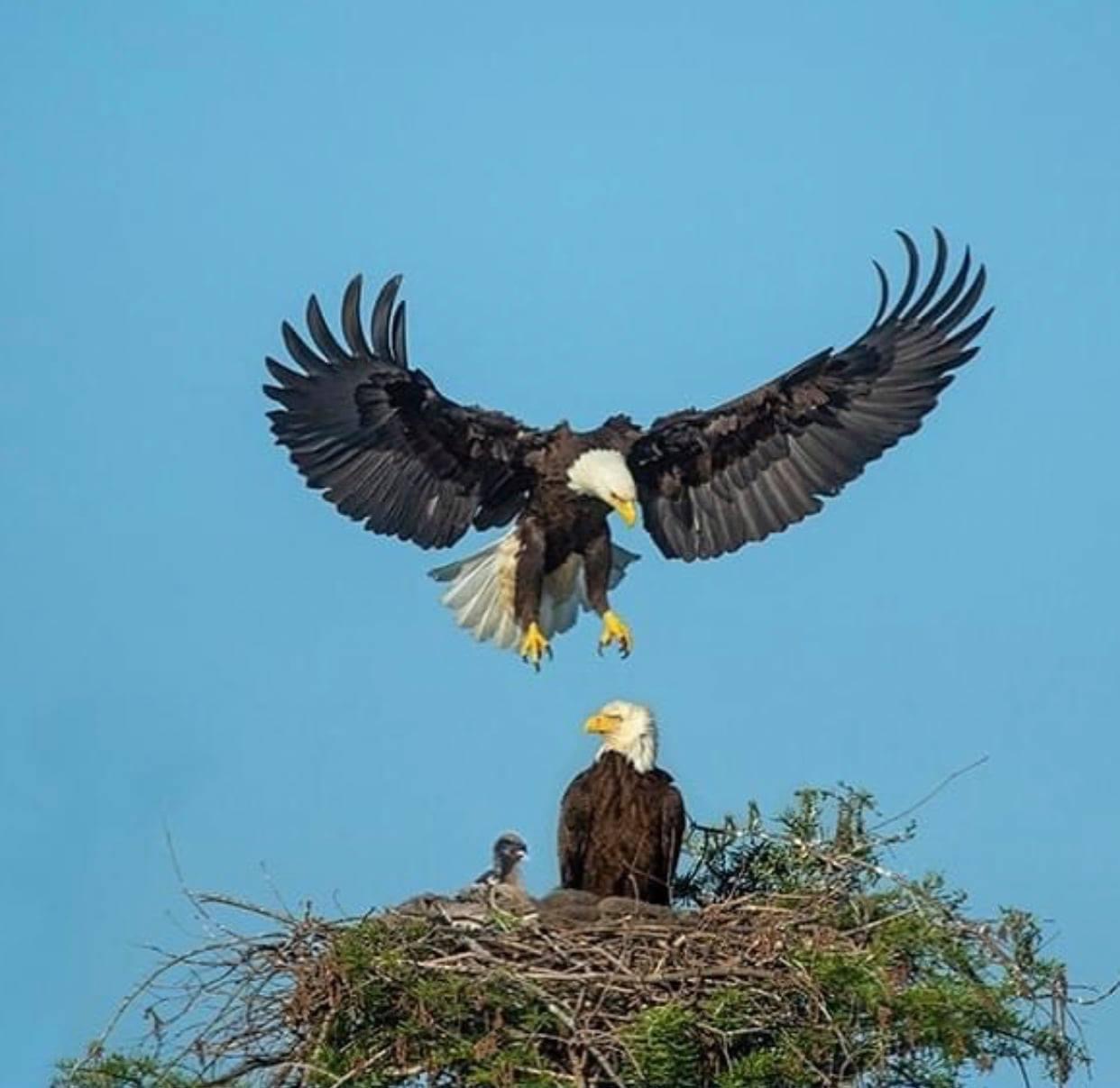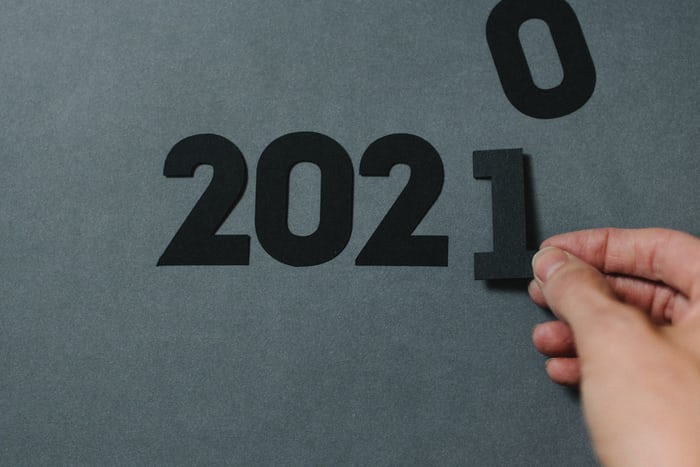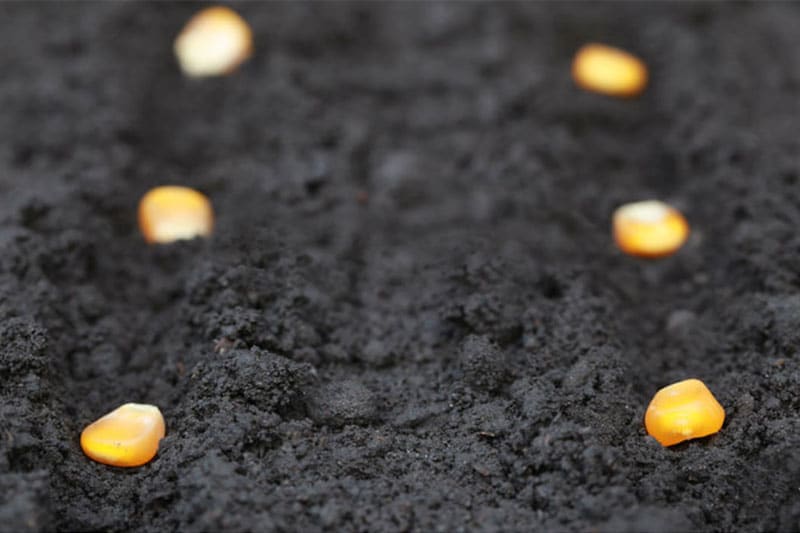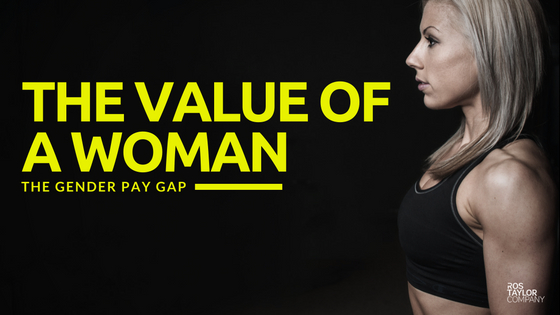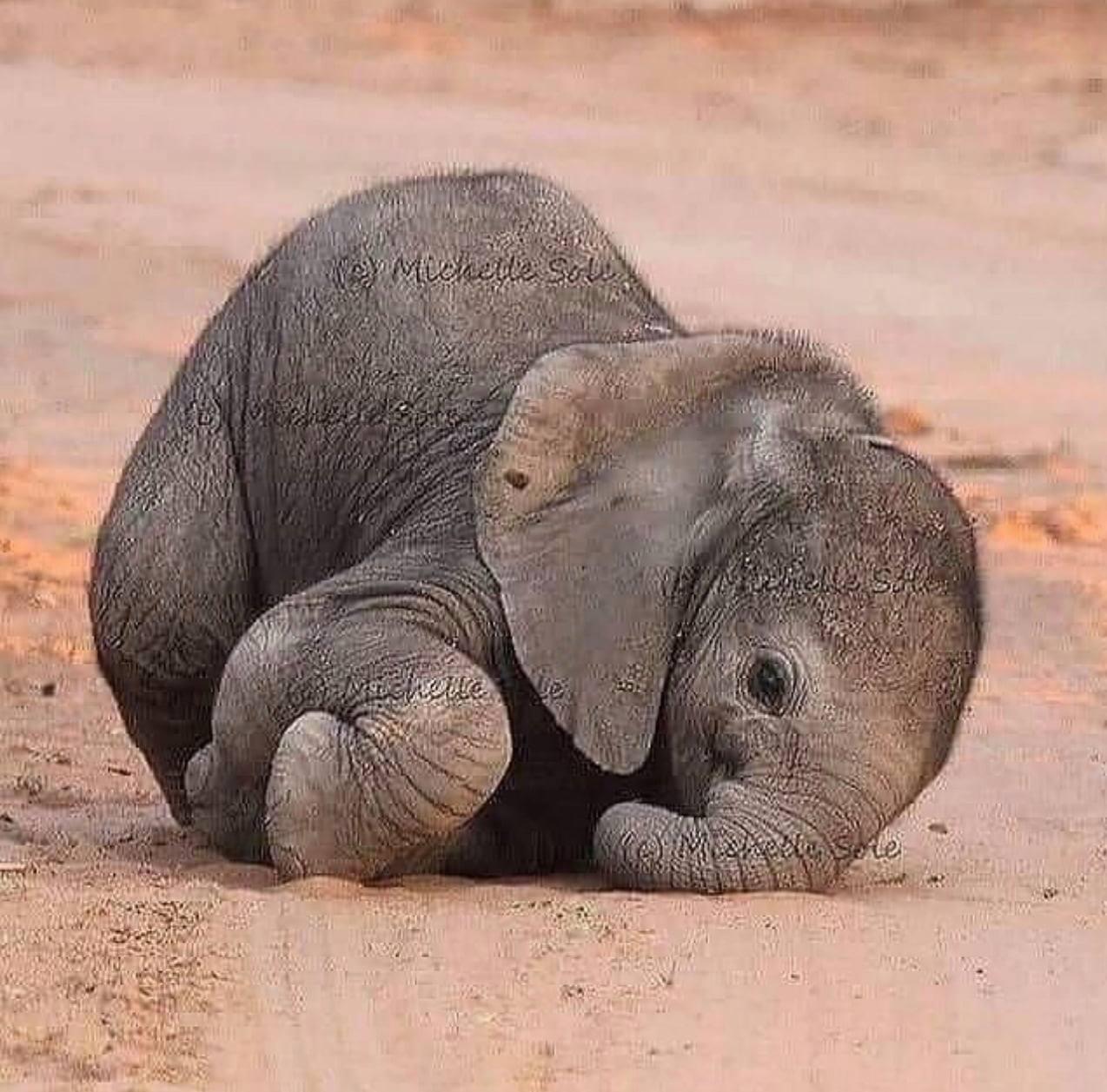Creativity is important in everyday life… but it’s always important in the workplace, so how can you be be more creative? Being creative can help solve problems, generate new and profitable ideas and increase camaraderie and trust among team members.
If being more creative is so important, something needs to be done to make time for it. When we ask for ideas about freeing up time, the major area for discussion is meetings: too many and too boring. Perhaps attendance at these could be reduced or delegated. Starting and nishing meetings on time would help too.
Emails are another bane of people’s lives. Being copied in on everything is so timeconsuming as you feel that you must read them all in case you miss something. If you focus on creativity as a priority then you will always find a way to make time. We always find time for the important things. So learn to prioritise and make being more creative an important part of your every day work life!
Tips for Being More Creative in the Workplace
Mind Map presentations. It shortens the time for putting ideas together and by placing everything on a page with ideas radiating from a central point you begin to see associations you haven’t seen before. Use Mind Mapping when drilling for details on an issue. Use it on a flipchart for all to see. Mind Mapping a business plan places everything on one page of a flipchart and you can store it to be brought out at points throughout the year to ensure you are all on track. It can also be added to and contributions can be welcomed from all. New to mind mapping? Follow these guidelines:
- Put the title in the centre.
- Use capitals – you can see them more easily.
- Use lines for information connected to the centre.
- Use only one or two words along the lines.
- Use colour to identify sections and aid memory.
- Keep your mind free of structure.
Give yourself time to think. Cease to be instant in your response to crises. Take five minutes to think through all ramifications. Phone a friend for an alternative view.
Brainstorm ideas and problems with your team at each meeting. Even five minutes at the end will produce creative solutions. Problems do not have to be solved on your own.
Reap the Rewards of Creativity
So, let’s say you’ve done it! You made time to be creative. It’s time to be rewarded for your efforts. If no one else is going to reward you for new ideas, reward yourself and let a boss or colleague know. Then make sure that your team is rewarded for being creative. Again a small reward – a card, a thank you, a mention at a meeting – is all it takes. These ‘people of the month/year’ things don’t work.
For a whole team to be rewarded, do something ‘teamy’. For example, one leadership mentor said that on a Friday, when his team had hit target or had come up with a solution to a major issue, he would take them to the cinema and have pizza afterwards. Now you might be thinking: Where did he get permission, where did he get the money – had nobody reported him? ‘Listen,’ he said. ‘I produce the goods so no one is going to complain. Anyway the team pay for their cinema ticket and the pizza. The point is we celebrate.’ This team leader was promoted to director the following month. You might wait forever to be rewarded by those in charge but you can start rewarding your team or colleagues yourself and see it catch on.
Creativity and Being More Creative at Work
Based on a groundbreaking study of over a thousand people, Ros’ latest book shows you how to harness your creative side to get ahead in business. You can download a free chapter from book Creativity At Work.

